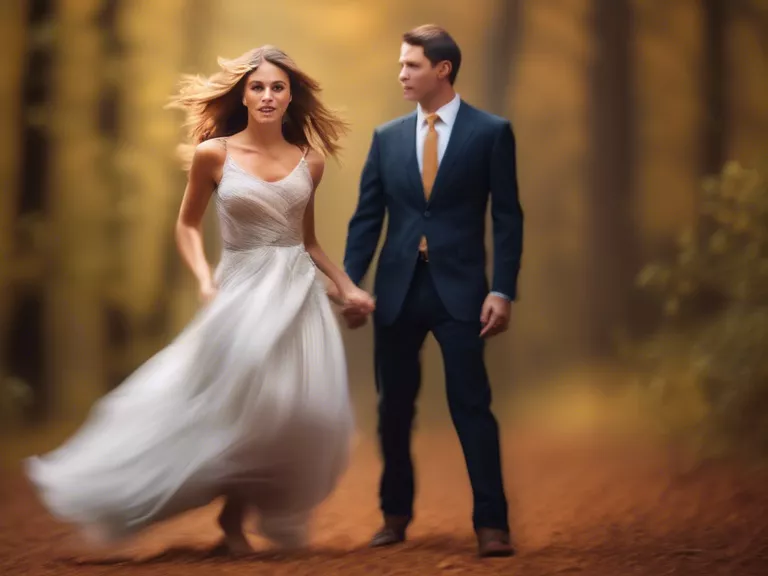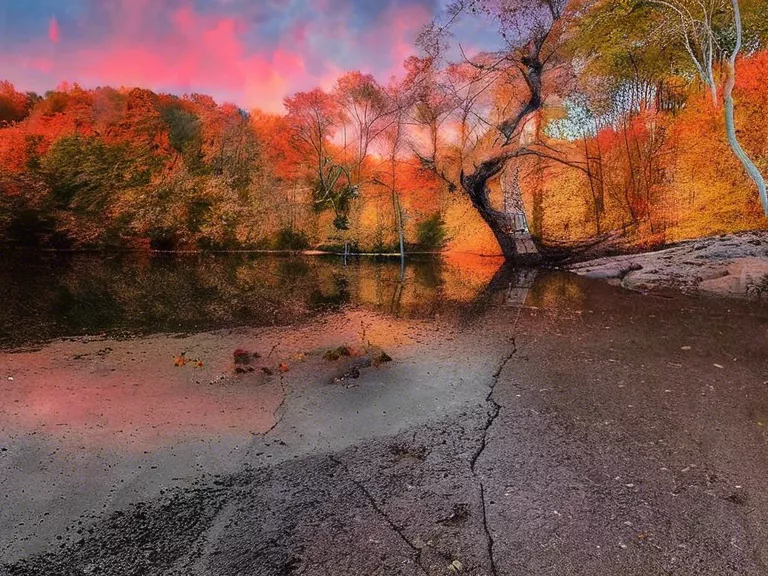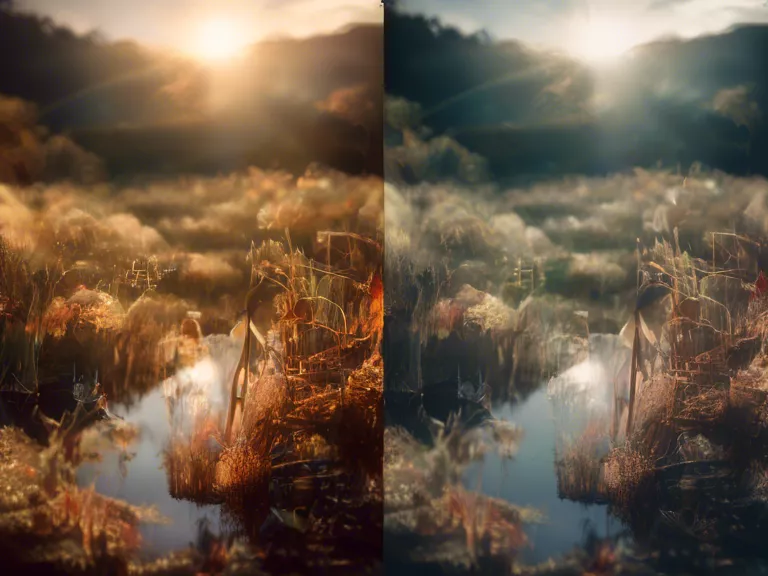
Editing landscape photos can be a daunting task, but with the right techniques and best practices, you can transform your photos into stunning works of art. In this article, we will discuss the best practices for editing landscape photos like a pro, from color correction to composition adjustments and more.
First and foremost, when editing landscape photos, it's essential to start with a good base image. Make sure your photo is properly exposed and in focus before you begin the editing process. This will save you time and effort in the long run.
Next, consider the composition of your photo. Look for ways to enhance the leading lines, balance the elements, and create a sense of depth in your landscape photos. Cropping and straightening can help improve the overall composition and draw the viewer's eye to the focal point of the image.
When it comes to color correction, be mindful of the white balance, exposure, and contrast levels in your landscape photos. Adjusting these settings can help bring out the natural beauty of the landscape and create a more visually appealing image.
Don't forget about sharpening and noise reduction. Sharpening can help enhance the details in your landscape photos, while noise reduction can help improve the overall quality of the image, especially in low-light situations.
Lastly, don't be afraid to experiment with different editing techniques and tools. Practice makes perfect, and the more you edit landscape photos, the better you will become at it. Remember, editing is a chance to enhance the beauty of your photos and bring out the best in each image.
By following these best practices for editing landscape photos, you can take your photography skills to the next level and create stunning images that will impress both yourself and others.



